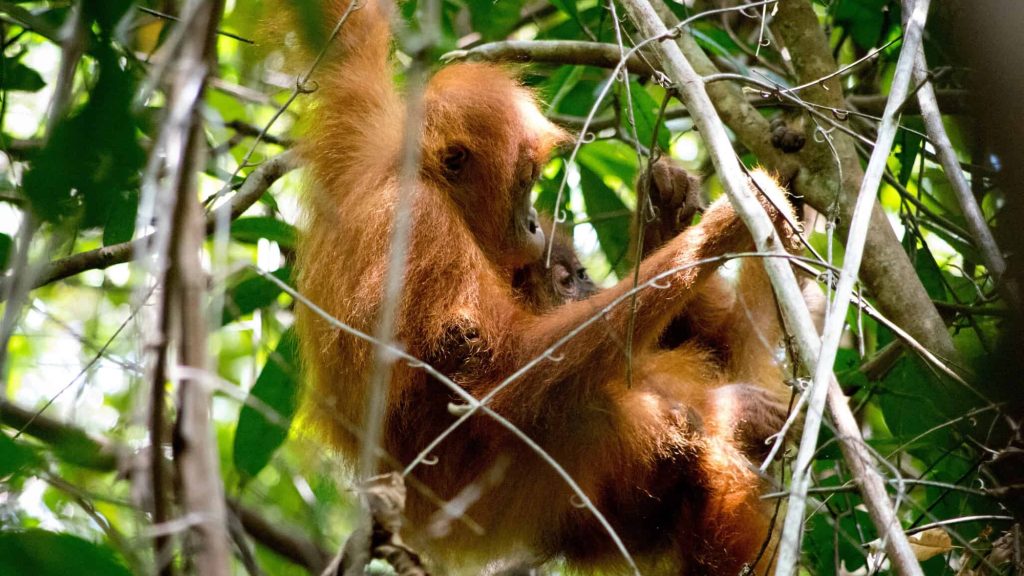Now Reading: Mexican Gray Wolf Sparks Hope for Wildlife Conservation
-
01
Mexican Gray Wolf Sparks Hope for Wildlife Conservation
Mexican Gray Wolf Sparks Hope for Wildlife Conservation

Speedy Summary
- Asha, a four-year-old Mexican gray wolf, has been confined to the Sevilleta Wolf Management Facility in New Mexico after repeatedly crossing federally restricted territories outside her designated recovery zone.
- The Mexican Wolf Recovery Plan seeks to increase the population of this endangered species with controlled mating and conservation efforts in a 153,000 square-mile zone across arizona and New Mexico.
- Federal officials captured Asha twice for venturing north of Interstate 40 (outside her recovery boundaries), citing threats such as injury or conflicts with ranchers; wildlife advocates argue she should be free to roam naturally.
- she was paired with captive male wolves to increase genetic diversity and successfully produced a litter of pups in May 2025; their fate-release into the wild or continued captivity-remains uncertain.
- Conservationists and government agencies differ on recovery strategies: advocates push for boundary expansion and natural freedom for wolves, while FWS emphasizes controlled environments to preserve genetic purity under the Endangered Species Act guidelines.
- Historically, Mexican gray wolves faced extinction due largely to hunting; intentional reintroduction efforts began in the late 1990s but stirred debate over human intervention versus natural behaviors.
Indian Opinion Analysis
The challenges surrounding Asha’s confinement highlight deep philosophical divides about conservation-not only preserving biological diversity but also respecting natural behavior versus human-imposed policies. Conservationists pushing for expanded boundaries raise compelling points regarding ecological adaptation amid climate change impacts on fixed zones like I-40-a move that could allow the species more freedom yet risks altering its genetic identity thru interbreeding with other same-species variants like Rocky Mountain wolves.
India could study this nuanced debate as it balances wildlife protection programs such as Project Tiger against local growth needs within protected areas or adjacent lands historically populated by apex predators like tigers and leopards. The question remains whether strict controls or adaptive approaches create long-term stability between animal ecology and co-existence near human settlements-even where ancient territorial instincts push beyond delineated reserves.
For similar debates around conservation programs balancing eco-centric goals against logistical implementation globally: Read More.




























